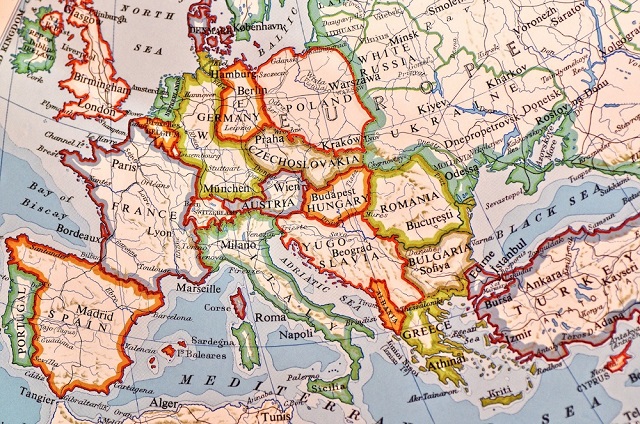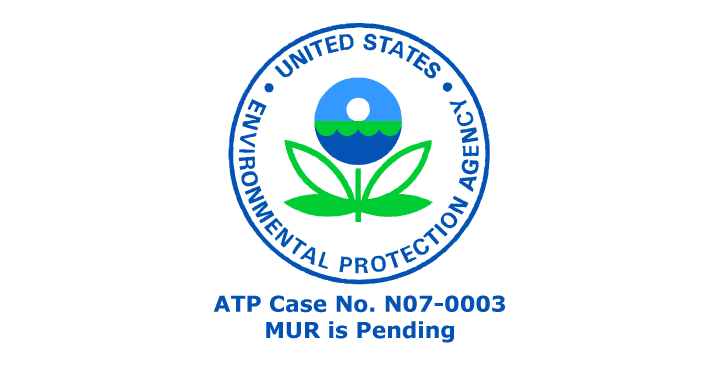Credit to WWD Water & Wastes Digest, view full article HERE.
According to a new report by the European Environment Agency (EEA), only 40% of the continent’s water bodies are compliant with the agency’s environmental standards set by the European directive on water, which was adopted in 2000. The directive offers a framework for the evaluation, management and improvement of water resources throughout Europe.
While the directive has been in place for 18 years, the majority of countries in the EU are failing to meet such standards, according to the new report. Estuaries constitute the most populated water bodies, as less than 29% of such water is considered compliant with environmental standards. Approximately 49.5% of lakes are compliant with the same limits.
Over recent years, water quality that is considered unsatisfactory has risen from 48.5% to 59%. However, this is due in part to an increase in the number of water bodies subject to analysis for the latest report. Estonia, Slovakia and Romania lead the pack in terms of boasting the best water quality for rivers throughout the EU. Poland, Luxembourg and Germany make up the worse end of that spectrum.
Considering lakes, Austria, Sweden and Estonia don the highest water quality while the Netherlands, Poland and Romania demonstrate the worst.
The report also describes the main pollutants responsible for damaging the quality of water bodies throughout Europe. The worst perpetrator in surface waters is mercury, as well as residues from pesticides and wastewater facilities. Groundwater throughout Europe is of higher quality on the whole, with 74% of groundwater sources meeting requirements. The main pollutant identified in groundwater is that of nitrates and pesticides sourced from agricultural processes.
The report analyzed 111,000 rivers and water bodies, and 13,400 groundwaters between the years 2015 and 2018.




